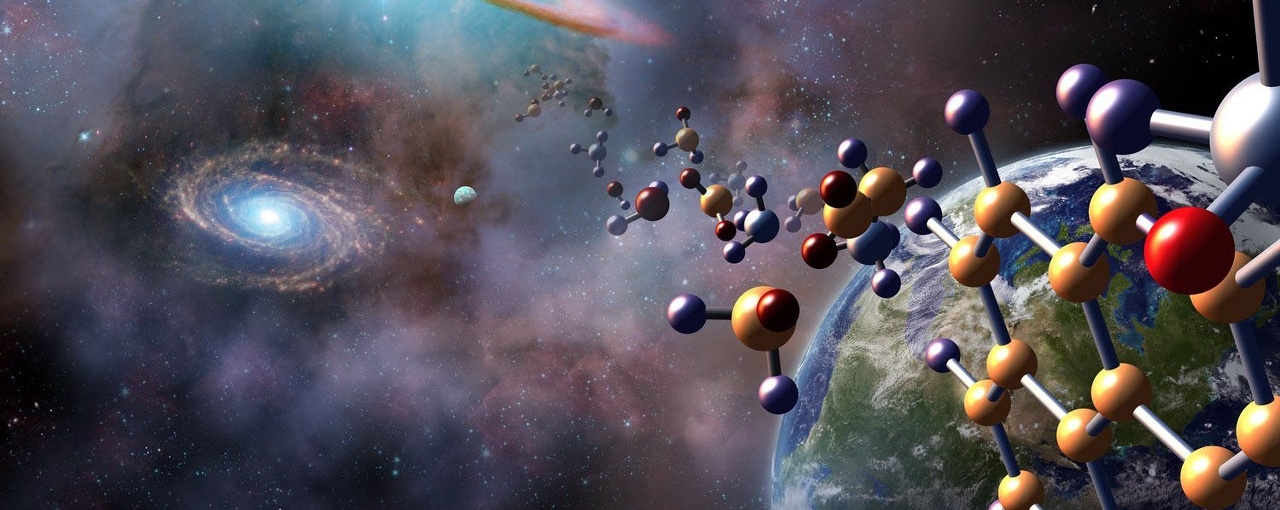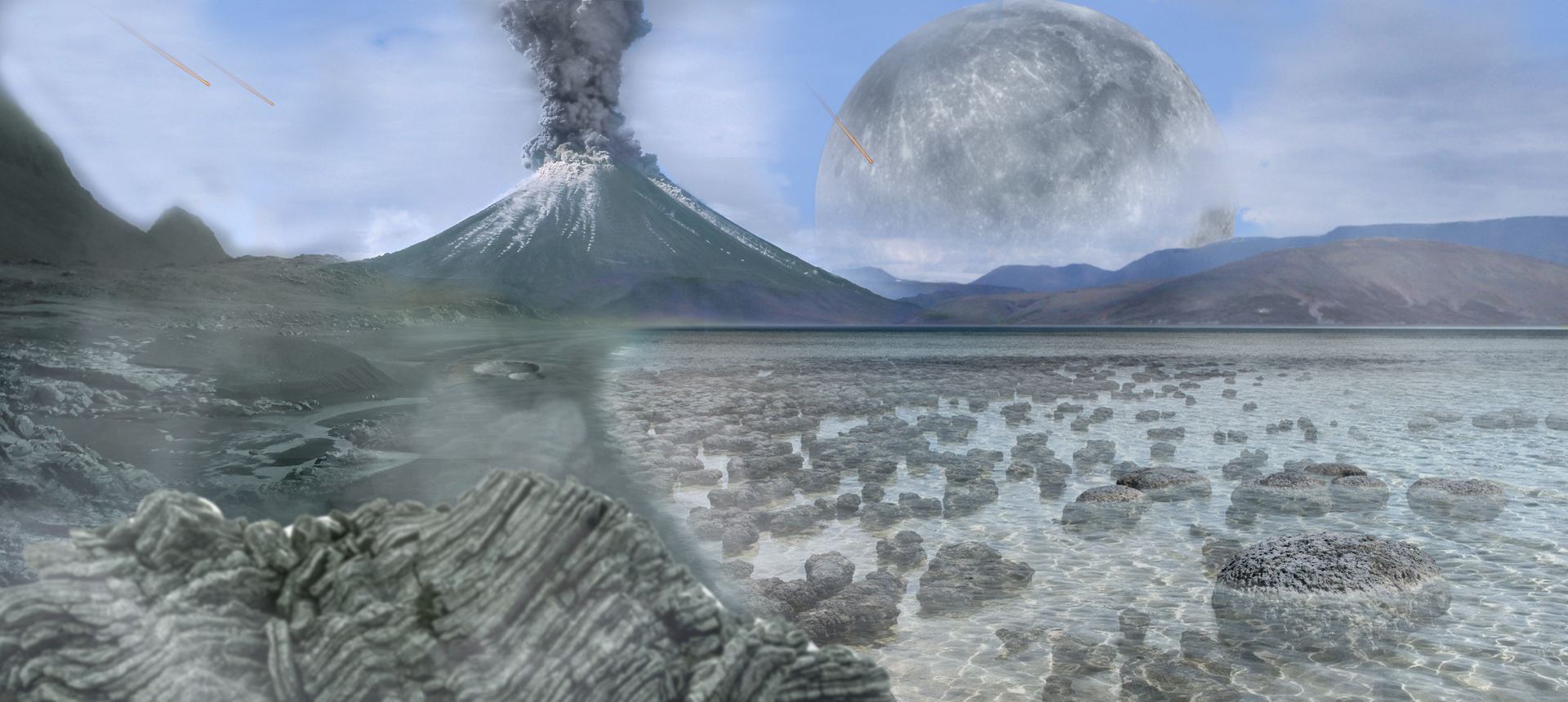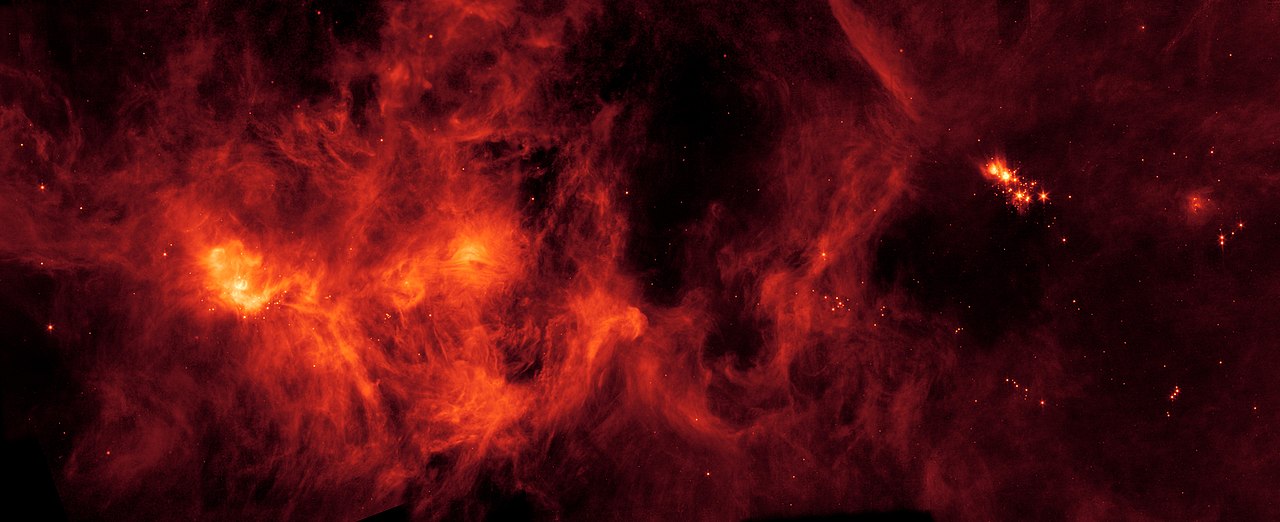One of the more daunting questions related to astrobiology—the search for life in the cosmos—concerns the nature of life itself. For over a century, biologists have known that life on Earth comes down to the basic building blocks of DNA, RNA, and amino acids. What’s more, studies of the fossil record have shown that life has been subject to many evolutionary pathways leading to diverse organisms. At the same time, there is ample evidence that convergence and constraints play a strong role in limiting the types of evolutionary domains life can achieve.
For astrobiologists, this naturally raises questions about extraterrestrial life, which is currently constrained by our limited frame of reference. For instance, can scientists predict what life may be like on other planets based on what is known about life here on Earth? An international team led by researchers from the Santa Fe Institute (SFI) addressed these and other questions in a recent paper. After considering case studies across various fields, they conclude that certain fundamental limits prevent some life forms from existing.
Continue reading “Is There a Fundamental Logic to Life?”








